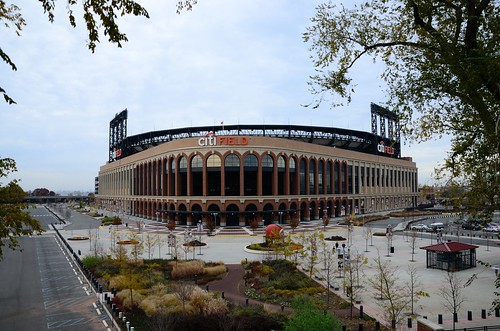This article looks at the modern design features that modern sports stadia have in common, and how these impact on various aspects of the buildings’ operation.

For Modern Times
In the modern world there are a number of things that sports stadia have in common. Whether this is for legal reasons, such as in England, where the 1989 Hillsborough tragedy caused a huge rethink in the way stadiums are constructed in the country, or simply with aesthetics in mind.
Of course, if a stadium is going to look good then it needs to satisfy some other very important objectives first and foremost. A stadium that looks great isn’t much use if people don’t want to go there! We looked at modern design features of sports stadia and the wider impact they have.
Environmental Features
Sports clubs, whichever way you look at it, are businesses. This may not be what sporting romantics want to hear, but ultimately in the modern world that is the way it is. As such, these clubs have a responsibility both to their sport and to their local community to build in the most eco-friendly and sustainable way possible. This leads to many sports stadiums being built using recycled materials, or eco-friendly products such as ETFE widely in their construction.
Building with the environment firmly in mind enables sports clubs to place themselves firmly at the centre of their local communities.
Multiple Uses
While sports stadiums are huge constructions that dominate towns and cities, not everyone is a follower of their local sports team or even the sport in itself. Therefore, many modern sports stadia are designed with multiple purpose features in mind. These might range from the ability to host a rock concert during the off-season, a hotel to serve the local town, or conference centres or offices that can be used for local businesses.
Admittedly, these are great vehicles for the stadium owners to increase their commercial revenues, but it all helps to develop the image of the club and business within the local community.
User Experience
When it comes down to the bottom line, a sports stadium will always be built with sports fans in mind. Therefore, even with hundreds of offices and a multi-storey hotel, the primary aim of a stadium will be to maximise the viewing experience for those there to watch the sport.
Modern features of stadiums include extra-comfortable seats, extra leg room, more convenient access and exit routes – even the traditional horrors such as the toilets and the catering have moved upmarket!
Modern sports stadia are crucial in many ways and can have a wide impact on the town or city in which they are built, and this is widely reflected in their common design features.
Vector Foiltec has developed the use of ETFE roof technology worldwide in the design and constructive industry which includes sports stadia.

